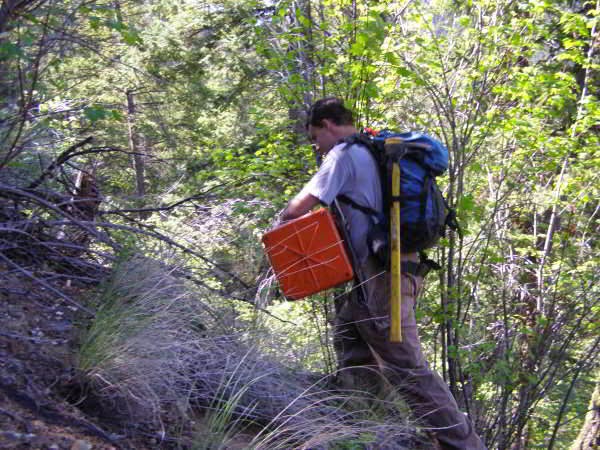
Induced Polarization (IP) and Resistivity
Induced polarization (IP) and resistivity surveying works due to the ground’s ability to transmit electricity even in the absence of metallic-type conductors. Through a transmitter, voltage is applied to the ground and electrical current flows. If certain mineral particles that transport current by electrons (mostly sulphides, some oxides and graphite) are available, then the ionic charges build up at the particle-electrolyte interface, positive ones where the current enters the particle and negative ones where it leaves. This accumulation of charge creates a voltage that tends to oppose the current flow across the interface. When the current is switched off, the created voltage slowly decreases as the accumulated ions diffuse back into the electrolyte. This type of induced polarization phenomena is known as electrode polarization.
Based on this relationship, different readings are taken via a receiver reading along a survey line.
